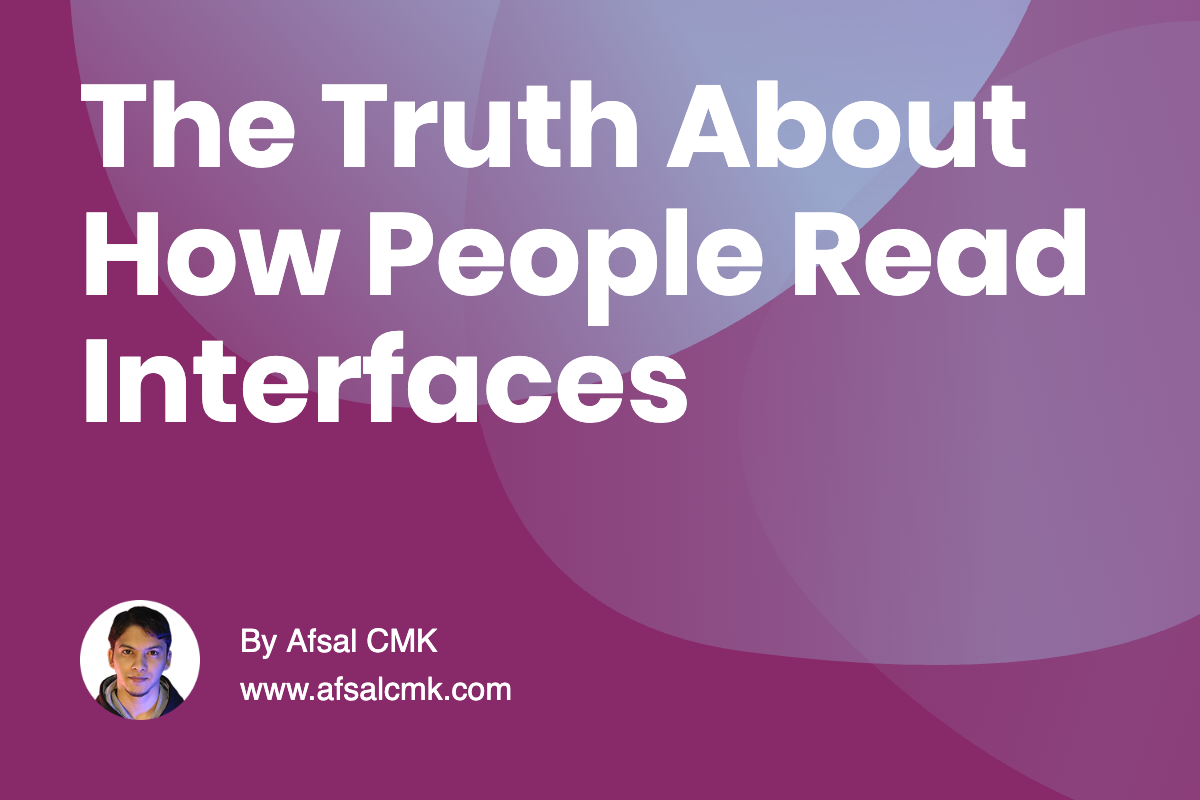
The Truth About How People Read Interfaces
Early in my career, I spent hours polishing microcopy. Every button, every label carried a clever twist I thought would make the product memorable. It felt creative and satisfying to me, but when we tested it, the reaction was sobering. Users didn’t laugh or admire the wordplay. Most of them skipped the text altogether, scanning only for structure. They missed options, struggled to navigate, and left with confusion. My cleverness had created friction instead of clarity.
Here’s the truth: users don’t read, they scan. They glance at shapes, patterns, and hierarchy to find what they need quickly. That’s why clear structure, consistent labeling, and visual hierarchy matter far more than witty phrasing. Clever words might make you feel proud, but clarity makes your user feel confident. And confidence is what keeps them moving forward without hesitation.
When designing interfaces, it helps to step back and ask: if someone only scanned this page for three seconds, what would they notice first? If the most important action doesn’t stand out, or if the labels are vague, your design is asking for more effort than users want to give. Strong hierarchy lowers the cost of attention. Cleverness raises it.
Here are some ways to design for scanning instead of reading:
- Keep labels simple and descriptive – say exactly what the action does.
- Use size, spacing, and grouping – guide the eye naturally through the page.
- Highlight primary actions – but make sure secondary options are still easy to find.
- Test with fresh eyes – watch someone new use the product and notice what they skip.
- Save personality for micro-moments – keep core navigation clear and effortless.
Design isn’t about showing how smart you are with words. It’s about making the user feel smart while using your product. If you build for scanning instead of reading, your interface respects how people actually behave. The next time you’re tempted to polish copy until it sounds witty, ask yourself instead: will this make the next step easier to spot? That’s the kind of clarity users remember-and reward.